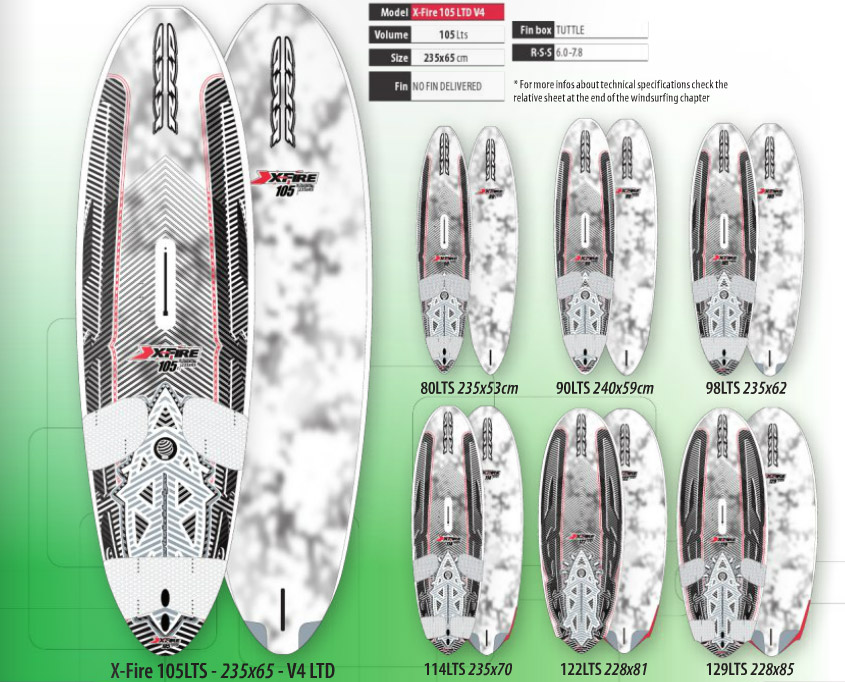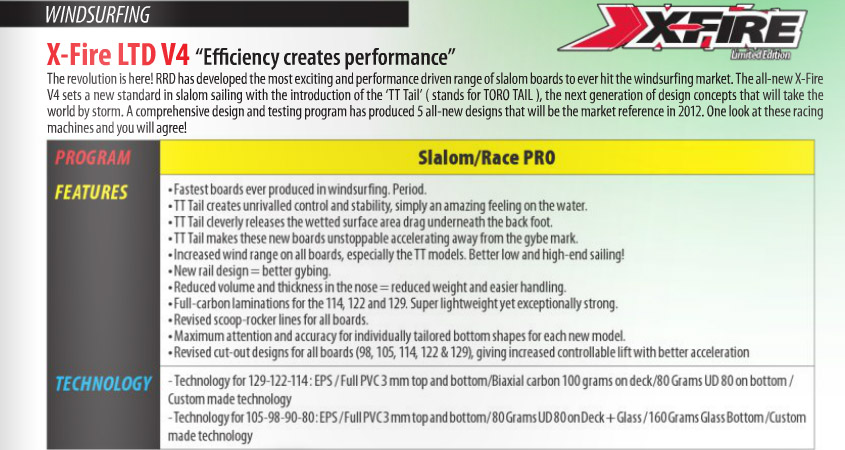Hi all
You will have gathered from previous posts that we have been doing quite a bit of sailing on the 2011 Select S10 and S11 fins and I would like to give some feedback on the characteristics of each of these models. These impressions have been gained from personal experience, observations on the water and on the comments of my sailing companions regarding their experiences.
The S11 in all sizes 39cm and down is an awesome fin. It is really fast and easy to control. It is totally happy on slalom boards for overpowered blasting and on fast freeride boards such as the Tabou Rocket. If you are looking for a cost effective, straight fin in this size range I cannot imagine anything on the market right now which will be better. Comparing the new S11 to the old SL7, the SL7 may be very slightly better for early planing and upwind performance but has nowhere near the controllability of the S11s which makes the S11 way better for overpowered sailing over any water state.
The S11 in sizes 41cm and above is not such an allround star. These sizes are extremely controllable and have blinding speed downwind but if the current is against you (same direction as the wind) and you need to push upwind, they can lose out to harder fins like the old RS7. This is no real problem for the recreational sailor but for the competitive guy who needs every advantage, this loss of angle over the course of a race can mean the difference between winning and losing. You don't need to be losing speed climbing upwind if you can avoid it. The old RS7 in the bigger sizes was good at going upwind but tended to become unmanageable when overpowered. The new S10s would be my choice for the bigger sizes (certainly up to 51cm). They seem as controllable as the S11s, plane easily and almost match the S11s for downwind speed but their advantage comes from their upwind ability. They are almost on a par with the old RS7s upwind.
Surprisingly, some of the bigger guys are getting good results from the SRX Freerace fins in big sizes on their big slalom boards. These guys are quite brutal with the back foot and sometimes battle with spin-out but they say that the SRX,s hold beautifully and give great control when things get "interesting". I've not sailed one of these fins so I can't comment.
We haven't had much experience with the S10 in the smaller sizes (basically because we have been so happy with the S11s). If I get to sail one or two smaller S10s I'll give you some feedback.
I can't stress how good the smaller S11s are. They can do everything and seem to work on every type of board. Their controllability also means that you can fit a slightly bigger fin than you are used to. If you want to turbo charge your board and are looking for a straight fin of 39cm or less then you must test one of these.
Talk to you soon



